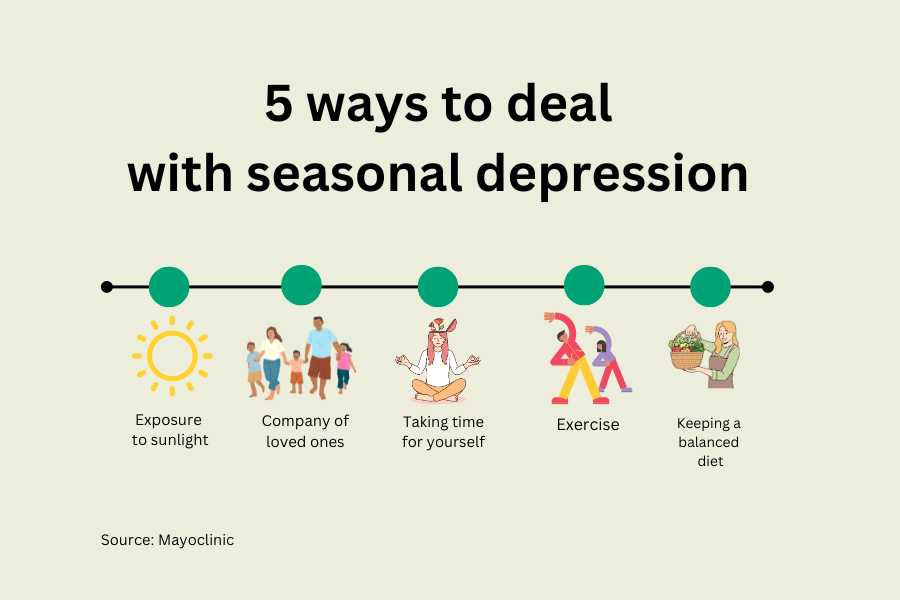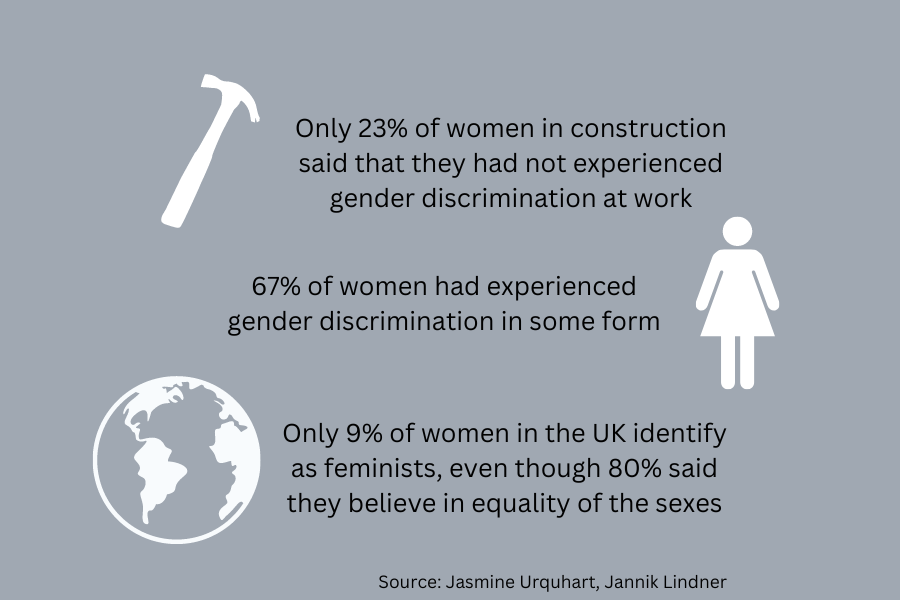Celebrating women everywhere
March 9, 2017
Wednesday, March 8, was International Women’s Day, a day celebrated around the world to show that women will not stand for anything but equal treatment. This influential holiday has roots dating back to 1908, when thousands of women in New York City marched in protest of their unfair hours, voting privileges and salary.
Now, 107 years after International Women’s Day was pitched by Clara Zetkin and approved by all other members of the second International Conference of Working Women in 1910, the day has become incredibly widespread and revered by most members of society.
“It’s really important for women to stand up for their rights. We need to represent women well and fight for what we believe in,” junior Shannon McDermott said.
This year, many female activists have decided to take the day of awareness to the next level by going on strike. Several of the individuals who helped with the planning of the Women’s March that occurred on Jan. 21 have begun spreading the word about A Day Without Women, an even larger step women can take to showing their dissatisfaction with discriminatory treatment.
“What women are asked to do is not go to work or to consume products from big businesses and if you have to go to work or school then you wear red,” McDermott said.
A Day Without Women is meant to be a worldwide event occurring on International Women’s Day, that will allow people and businesses everywhere to see the impact females have. All individuals, female and male, are encouraged to show their support of the event by wearing the color red. The organizers of this event hope it will garner a great deal of attention providing a larger focus on issues that women are currently facing.
“The point of the strike is to show that women will not take unequal pay and that women are here to stand up for what we believe is right,” McDermott said.
This newly introduced event is a more drastic step towards educating everyone on the relevance of issues that females face everyday. By bringing more awareness to issues like unequal pay and unfair stereotypes against women, the organizers of this event hope to see more future changes in the ways people view women and treat them.
“Protesting is very important but going on strike is the next level,” McDermott said.
Individuals everywhere have high hopes for A Day Without Women and the changes it will bring in the near future. For more information on how you can participate, check out the International Women’s Day official website here or the Women’s March official website here.




















